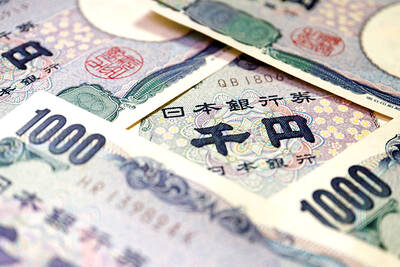South Korea’s jobless rate surged to its highest in more than two decades, raising concern that an export-driven recovery could be masking a harsher scarring of the economy.
The unemployment rate jumped to 5.4 percent last month from a revised 4.5 percent in December last year, hitting its highest level since after the Asian financial crisis.
The result outstripped all forecasts as the economy shed almost 1 million jobs from a year earlier for the worst losses since 1998.
The sharp deterioration in the labor market contrasts with the view that the South Korean economy has been one of the best performers in the developed world last year and suggests that the South Korean government might need to take more action to support jobs.
“The huge hit to jobs is going to weigh on the pace of economic recovery,” said Sung Tae-yoon, an economics professor at Yonsei University in Seoul. “People looking for jobs will also decrease as the economy worsens, which may technically bring down the jobless rate, but economic difficulties will continue.”
Last month, the sector combining retailers, wholesalers, restaurants and hotels was hit hardest with 585,000 job losses from a year earlier.
More than 340,000 positions were shed in a sector that includes public service, as the government’s job-creation measures expired. Manufacturing lost 46,000 jobs.
The government takes the situation “seriously” and would use all available options to deal with it, South Korean Minister of Finance Hong Nam-ki said in a statement, blaming the job losses partly on expired fiscal support for jobs creation at the turn of the year, and a high year-earlier base.
South Korean President Moon Jae-in is also calling for incentives for companies that would share some of their profits during the pandemic with ones that were hit harder, a move that could indirectly support employment.
Some South Korean lawmakers are putting pressure on the Bank of Korea to adopt a jobs mandate as part of its goals.

AI TALENT: No financial details were released about the deal, in which top Groq executives, including its CEO, would join Nvidia to help advance the technology Nvidia Corp has agreed to a licensing deal with artificial intelligence (AI) start-up Groq, furthering its investments in companies connected to the AI boom and gaining the right to add a new type of technology to its products. The world’s largest publicly traded company has paid for the right to use Groq’s technology and is to integrate its chip design into future products. Some of the start-up’s executives are leaving to join Nvidia to help with that effort, the companies said. Groq would continue as an independent company with a new chief executive, it said on Wednesday in a post on its Web

GROWING OWINGS: While Luxembourg and China swapped the top three spots, the US continued to be the largest exposure for Taiwan for the 41st consecutive quarter The US remained the largest debtor nation to Taiwan’s banking sector for the 41st consecutive quarter at the end of September, after local banks’ exposure to the US market rose more than 2 percent from three months earlier, the central bank said. Exposure to the US increased to US$198.896 billion, up US$4.026 billion, or 2.07 percent, from US$194.87 billion in the previous quarter, data released by the central bank showed on Friday. Of the increase, about US$1.4 billion came from banks’ investments in securitized products and interbank loans in the US, while another US$2.6 billion stemmed from trust assets, including mutual funds,

RESPONSE: The Japanese Ministry of Finance might have to intervene in the currency markets should the yen keep weakening toward the 160 level against the US dollar Japan’s chief currency official yesterday sent a warning on recent foreign exchange moves, after the yen weakened against the US dollar following Friday last week’s Bank of Japan (BOJ) decision. “We’re seeing one-directional, sudden moves especially after last week’s monetary policy meeting, so I’m deeply concerned,” Japanese Vice Finance Minister for International Affairs Atsushi Mimura told reporters. “We’d like to take appropriate responses against excessive moves.” The central bank on Friday raised its benchmark interest rate to the highest in 30 years, but Bank of Japan Governor Kazuo Ueda chose to keep his options open rather than bolster the yen,

Even as the US is embarked on a bitter rivalry with China over the deployment of artificial intelligence (AI), Chinese technology is quietly making inroads into the US market. Despite considerable geopolitical tensions, Chinese open-source AI models are winning over a growing number of programmers and companies in the US. These are different from the closed generative AI models that have become household names — ChatGPT-maker OpenAI or Google’s Gemini — whose inner workings are fiercely protected. In contrast, “open” models offered by many Chinese rivals, from Alibaba (阿里巴巴) to DeepSeek (深度求索), allow programmers to customize parts of the software to suit their